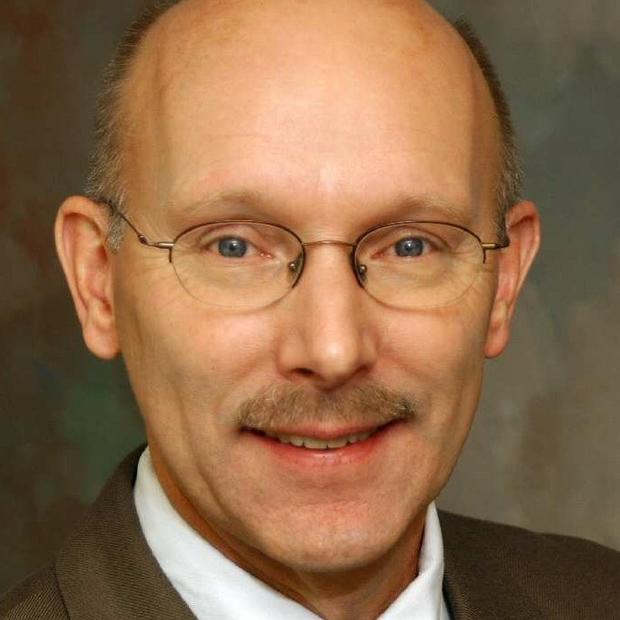Violent crime statistics tell us that Seattle is safer now than it was 10 or 12 years ago; that violent crime – even in the last year – has decreased. But statistics are cold comfort to downtown shoppers in light of the September stabbing death of a Shoreline Community College professor after a Sounders’ game, drive-by shootings like the one at the Othello Street light rail station last month and the attack on a Metro bus driver downtown earlier this year.
Both Mayor Michael McGinn and Mayor-elect Ed Murray have proposed adding additional police officers — perhaps 15 to 25 more — to the Seattle Police Department. But those numbers are tiny: Putting an officer on the street costs $100,000 a year and, in order to make sure there's one additional officer on the street at any given time, you'd have to add five officers to the department.
Clearly the city cannot afford to buy its way to improved public safety this way.
Luckily, technology provides a cheaper option: surveillance cameras. Camera technology was key to solving the Boston Marathon Bomber case, allowing rapid identification of the suspects. This success has been mirrored in Washington D.C. and the Urban Institute has documented more than enough benefits in Baltimore and Chicago to justify the costs of deployment. Cities such as Vancouver, B.C. and Boston have used video footage to identify and prosecute rioters as well as other criminals.
Some cities – New York, Memphis Long Beach and Rio de Janeiro– have built sophisticated real-time crime centers for video monitoring and operations. These systems are increasingly sophisticated. Cameras are now more sensitive to low light levels found on streets at night. Software can pull faces out of crowds and do “smart enhancements” on images. Indeed, Seattle’s port security camera system software has been improved so as to blur-out a portion of the image that would have peered into the windows of private homes and apartments.
“Video holds more evidence than any other source: more than DNA, crime-scene analysis or eyewitness testimony,” says Grant Fredericks of the FBI National Academy in Quantico, Virginia. “There are people sitting at home with key evidence sitting on their hip. I think the concern going forward is getting to the video before people erase it, and ensuring that the best evidence is recovered.”
Seattle is already using Port Security grant funds to deploy a network of surveillance cameras along its shoreline. But the $5 million price tag of that system includes a robust wireless network, miles of fiber optic cable to connect the cameras and special enclosures to help cameras withstand the rigors of shoreline weather. If connected to existing wireless and fiber networks already available throughout the city, video camera systems become much less expensive.
And video need not be publicly financed. The International District Business Association financed its own video system for $100,000 and many other downtown businesses have already built systems of their own. Indeed, the video footage from the Boston Bomber case came from private company surveillance cameras.
The biggest concern, of course, is privacy. Along with images of thugs and crimes in progress, surveillance cameras also capture the rest of us — the average guy-on-the street going about our business. This presents huge concerns for many. Will that video be used for other purposes? Will the video be used to find illegal immigrants as well as sex predators and robbers? Like the license plate readers now attached to a dozen or more Seattle police vehicles, will we eventually be in a situation where our movements are tracked whenever we leave our homes?
The short answer is yes. This is already happening thanks to the video cameras ubiquitously deployed by private companies. Bars, restaurants and shops are increasingly using images of shoppers to display customized advertisements or to recognize regular patrons. We unwittingly contribute to this by “tagging” our faces on Facebook and other image-sharing sites, which send these to a private database of images used by facial recognition software.
The second answer is that, just like traffic cameras, all government video surveillance should be open to the public. In Seattle you can view traffic cameras in a web browser or on an app. Similarly, we should open Seattle's video surveillance cameras on the port, Westlake Mall, Belltown's Third Avenue and around the Othello Link Light rail station to the public.
Such openness has a number of advantages. It helps watchdog groups like the ACLU directly observe how and what police are seeing — how they are panning, tilting and zooming surveillance cameras. It also puts more witnesses, remote though they may be, at the scene of street crimes and major events to help detect wrongdoing.
We might even consider giving certain watchdog agencies the “keys to the video kingdom,” allowing them to log-in and search archives of surveillance video.
There are downsides to such openness: Criminals and voyeurs will be able to watch — and record via their web browser — the happenings at Westlake Mall or on Third Avenue right alongside normal citizens. People can do that today just showing up in a physical location, but this technology would extend their reach.
With finite budgetary resources, the key to easing Seattle's downtown fears comes down to one question: Are we frightened enough to use video technology to significantly — perhaps massively — extend the reach and multiply the capabilities of the Seattle Police Department? And, if so, what safeguards do we need to put in place to manage this brave new world?



